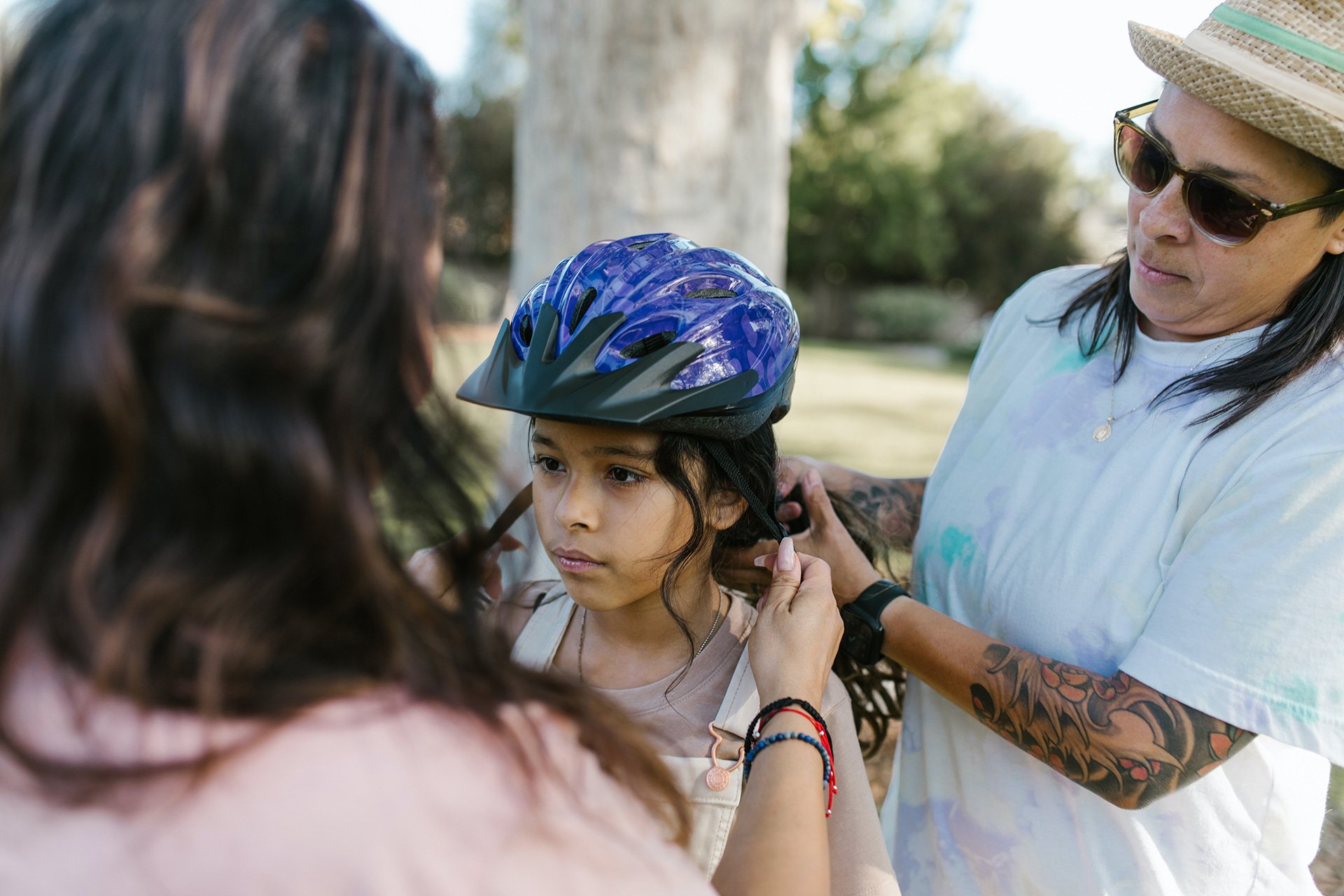
Child Safety Week falls June 6-12 this year. This annual observance highlights the importance of protecting our children from accidents and injuries. For parents, it is an essential responsibility to create a secure environment for their little ones. Below you’ll find a comprehensive checklist to ensure your child’s safety during Child Safety Week and beyond. By following these preventive measures, we can significantly reduce the risk of accidents and promote the well-being of our children.
- Childproof Your Home
Child safety begins at home. Childproofing a home is often a priority for new parents – but it can be easy to lose sight of ongoing childproofing as a child grows up, and it is always worth going the extra mile to minimize potential hazards. Secure cabinets and drawers with childproof locks, cover electrical outlets, install safety gates at the top and bottom of stairs, and use window guards to prevent falls. Keep choking hazards out of reach and store toxic substances in locked cabinets, such as cleaning products and medications. Keep bathtubs drained and cover your toilet seats. Make a practice of regularly inspecting your home for any new potential hazards and making necessary adjustments.
- Be Sure That Your Child Has a Safe Sleeping Environment
Infants and babies should have a firm mattress with a fitted sheet in their crib, ensuring there are no pillows, blankets, or stuffed toys that could pose suffocation risks. Avoid placing the crib near windows, blinds, or cords that could lead to entanglement. Remember to lay your baby on their back.
For older children, ensure their beds are sturdy, with guardrails if necessary. Be sure that your child’s bed is free of any trash or plastic to prevent choking.
- Promote Road Safety
Teach your child about road safety from an early age. Always hold your child’s hand when crossing the street and use designated crosswalks whenever possible. Teach them to look both ways before crossing and to be aware of traffic signs and signals. Make sure they wear helmets when riding bicycles, scooters, or skateboards. Set a good example by following road safety rules yourself.
- Be Safe in the Car
Car seat safety is of utmost importance to protect children during car travel. Parents should start by selecting the appropriate car seat for a child’s age, weight, and height. There are different types of car seats available, including rear-facing infant seats, convertible seats, and booster seats. It is recommended to keep children in a rear-facing car seat for as long as possible, ideally until they reach the maximum height or weight limit specified by the manufacturer. Each car seat is slightly different. Most children transition from a rear-facing car seat to a forward-facing car seat around age 3 or 4. Most children should continue using a front-facing car seat until they are at least five years old.
The best place for a car seat is in the back middle seat, which provides the most protection. Take care to install the car seat correctly - the seat should be securely fastened using either the seat belt or the Lower Anchors and Tethers for Children (LATCH) system. Double-check for a tight fit, ensuring there is minimal movement of the seat.
When strapping your child in, ensure the harness straps are correctly positioned. For rear-facing seats, the harness straps should be at or below the child’s shoulders. For forward-facing seats, the harness straps should be at or above the child’s shoulders. Tighten the harness so that only one or two fingers can fit between the straps and the child’s collarbone. On cooler days, be sure to remove any bulky clothing from your child, such as thick jackets or blankets. The extra bulk can create a loose fit and reduce the effectiveness of the harness.
When your child outgrows their forward-facing car seat, transition them to a booster seat which elevates them, allowing the seat belt to fit correctly. Booster seats should always be used in the backseat of a car. It is recommended to use a booster seat until the child can properly fit in a regular seat belt, around ages 9-12.
- Emphasize Fire Safety
Teach your child about fire safety and set a clear fire escape plan. Install smoke detectors on every floor of your home and test them regularly. Teach your child what to do in case of a fire, including crawling low under smoke, feeling doors before opening them, and knowing the emergency phone number to call.
- Teach Your Child About Strangers and Internet Safety
Teach your children to never talk to or accept anything from strangers, whether in person or online. Encourage open communication so that they feel comfortable sharing any unusual encounters with you. Teach them about online privacy, the importance of strong passwords, and the potential dangers of sharing personal information or engaging with strangers on social media.
- Stay Updated on Toy Safety
Regularly check your child’s toys for any potential safety hazards. Check all toy labels to be sure that they are age-appropriate and do not contain small parts that could be a choking hazard. Look for safety certifications on toys, such as the CE or ASTM labels, indicating compliance with safety standards. Check for any recalls on toys or equipment and promptly remove any items that may pose a risk to your child’s safety.
Topics:
national child safety month







